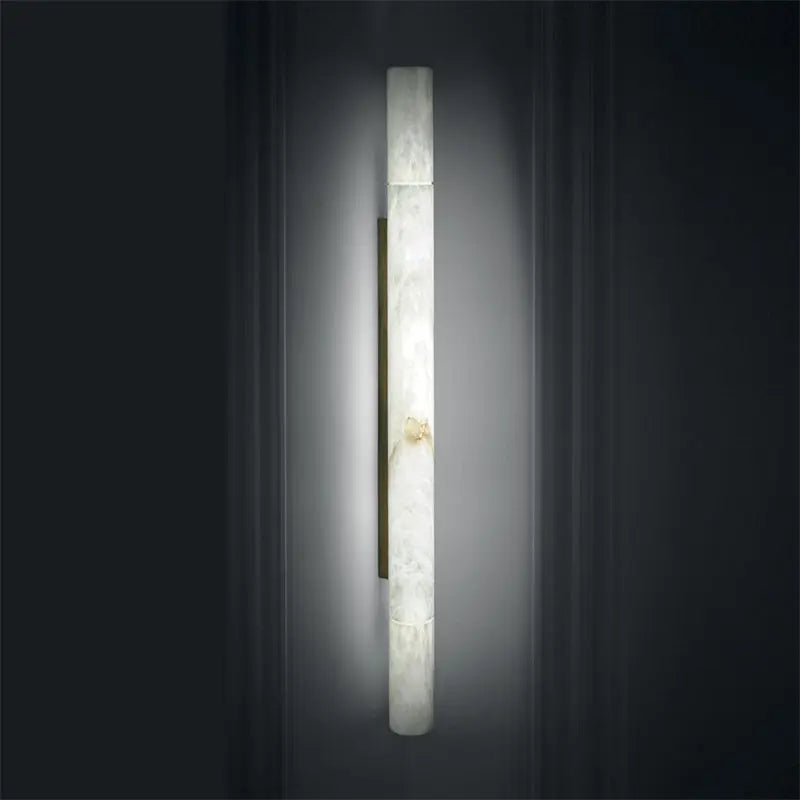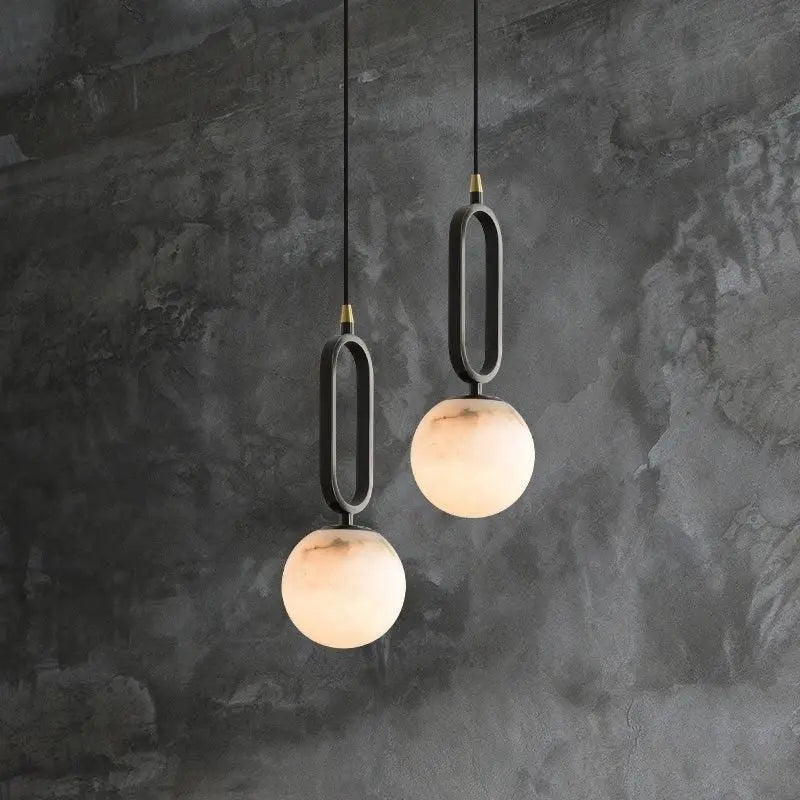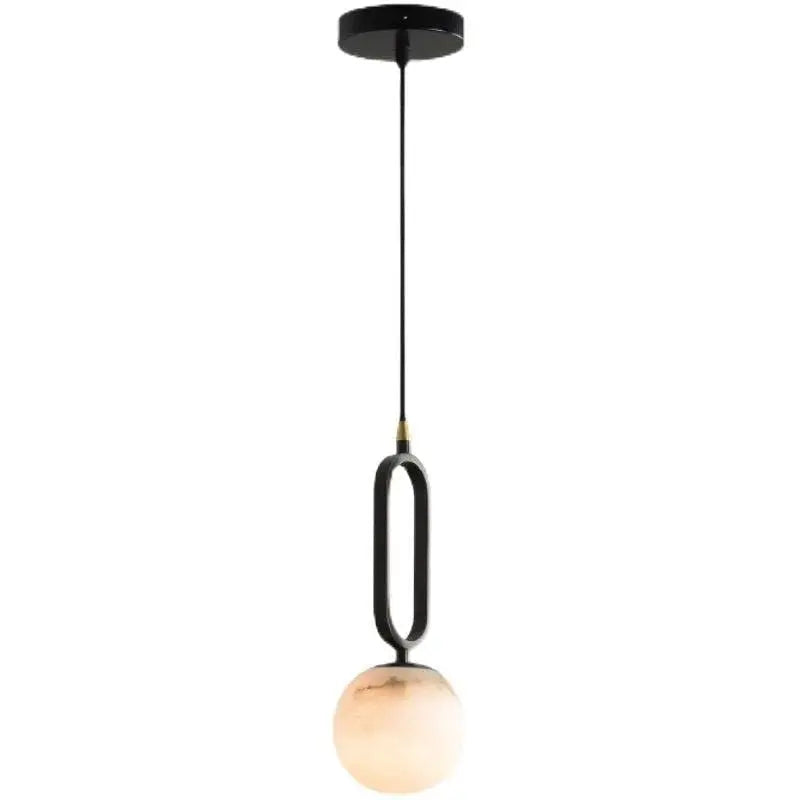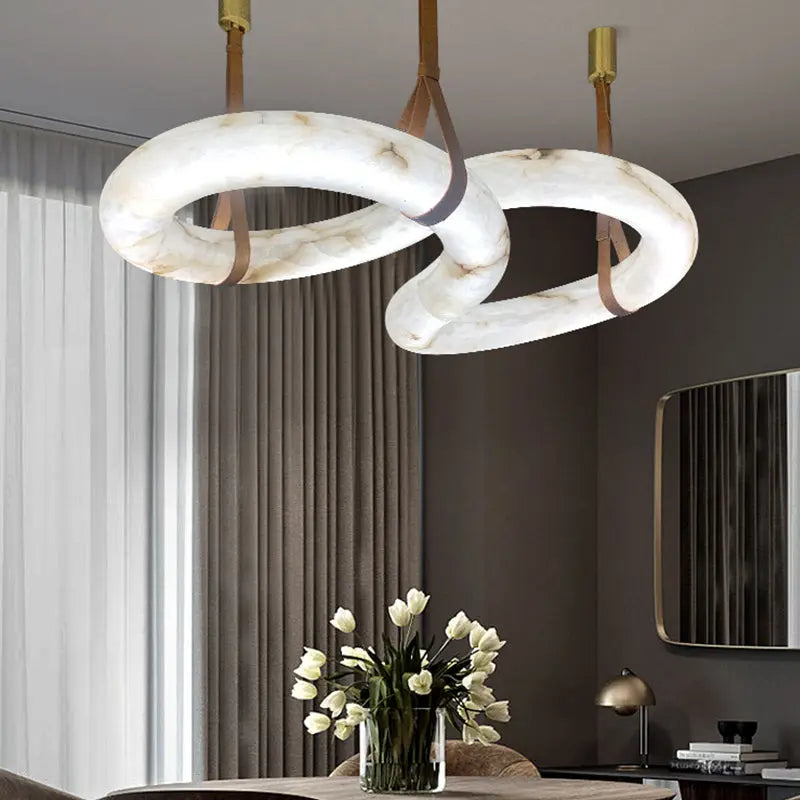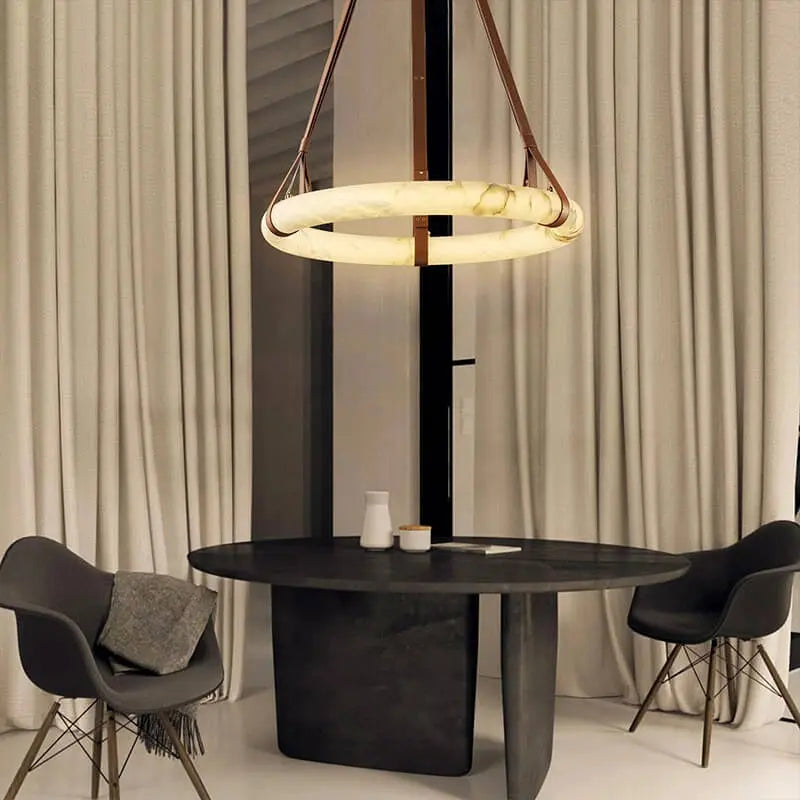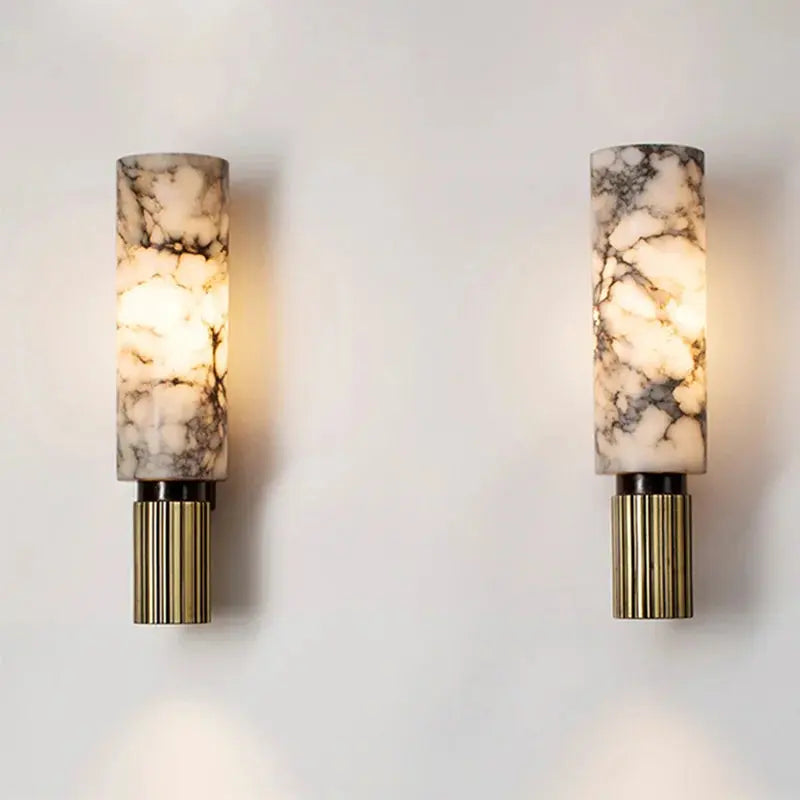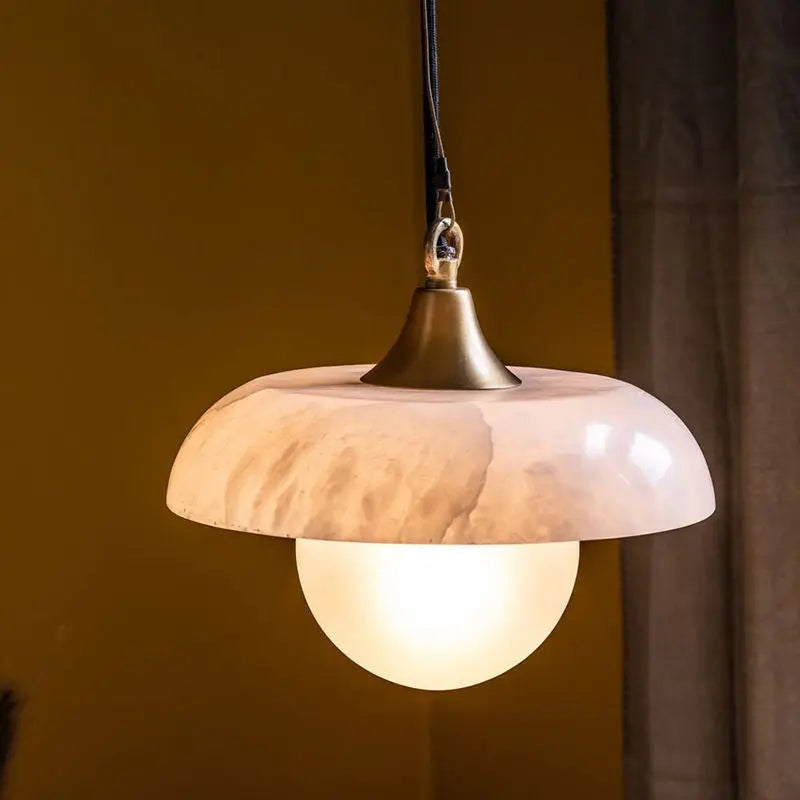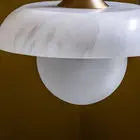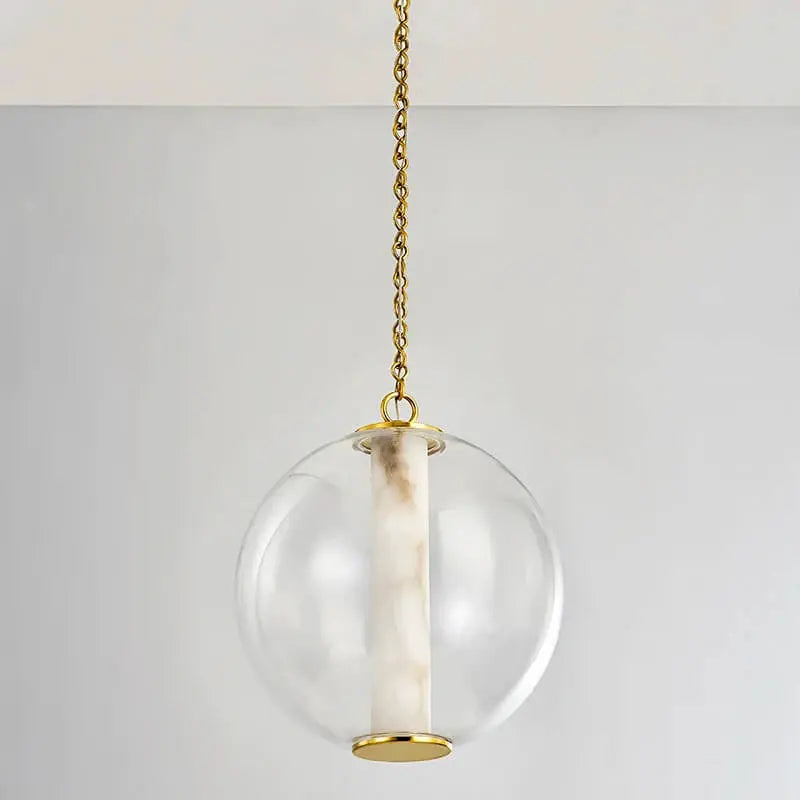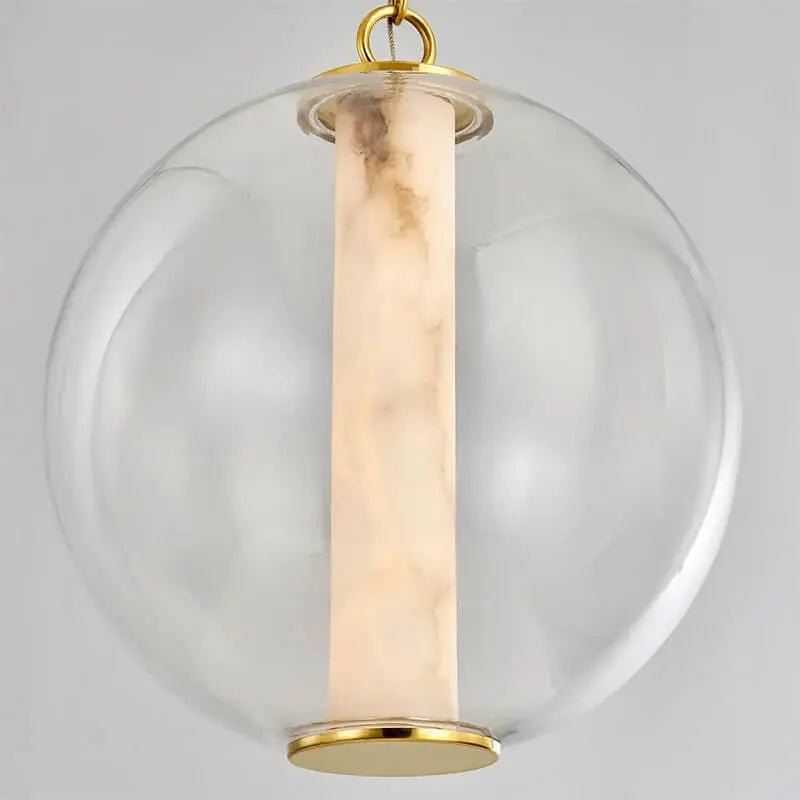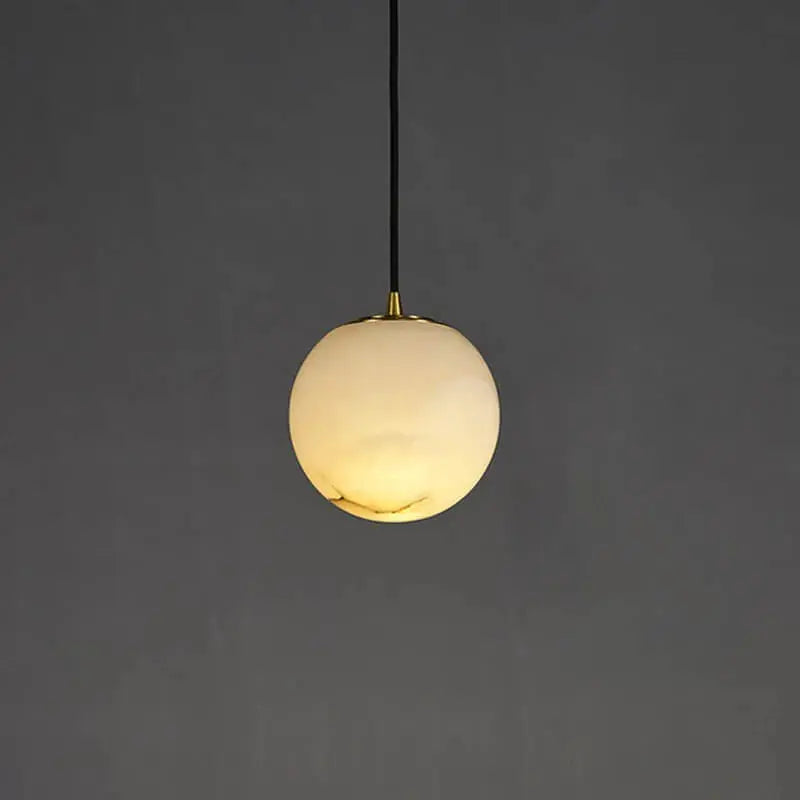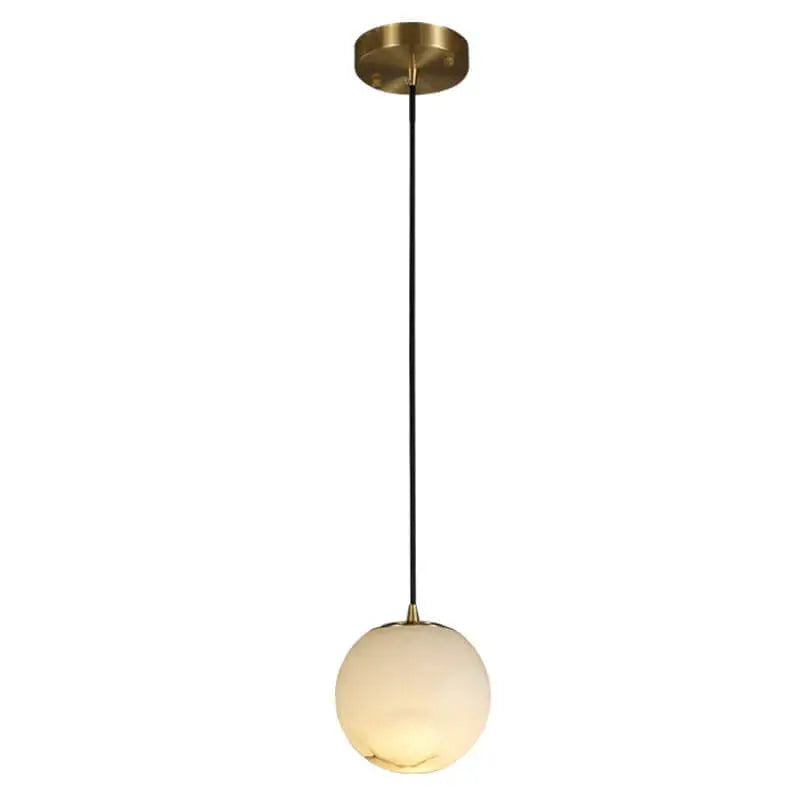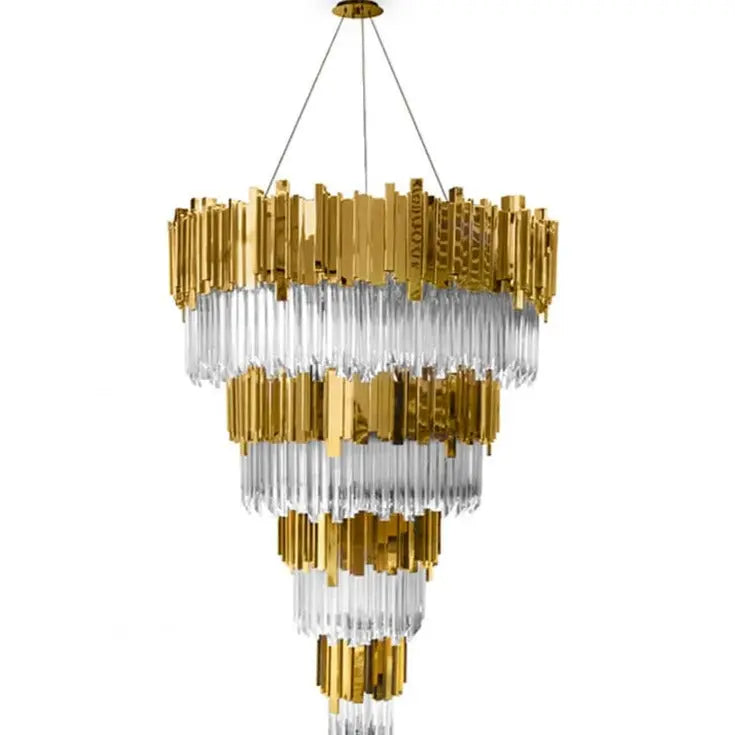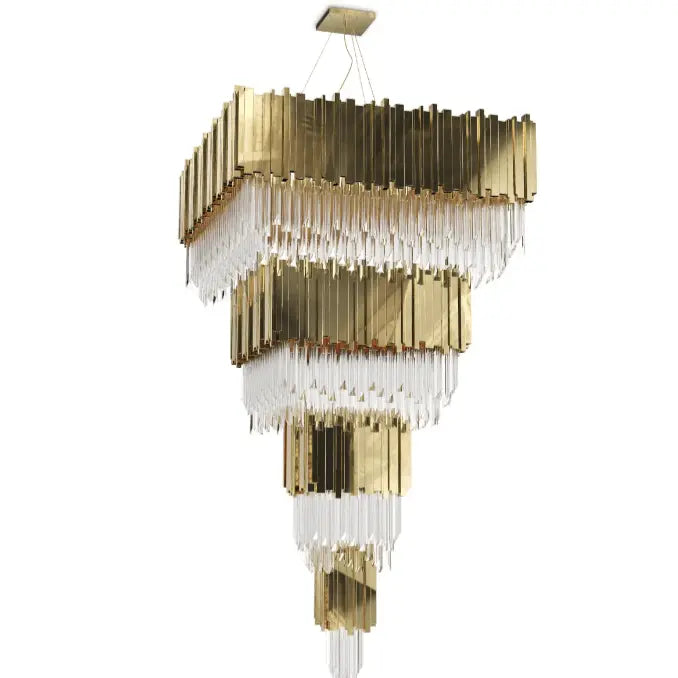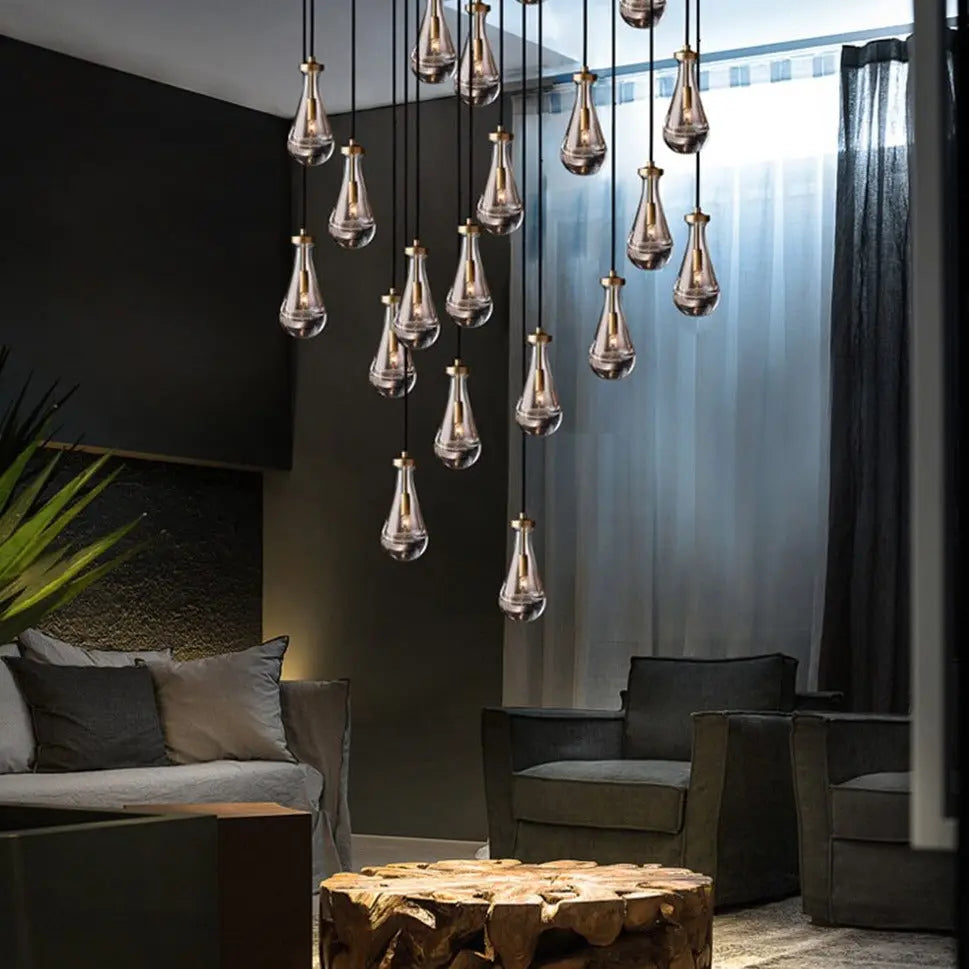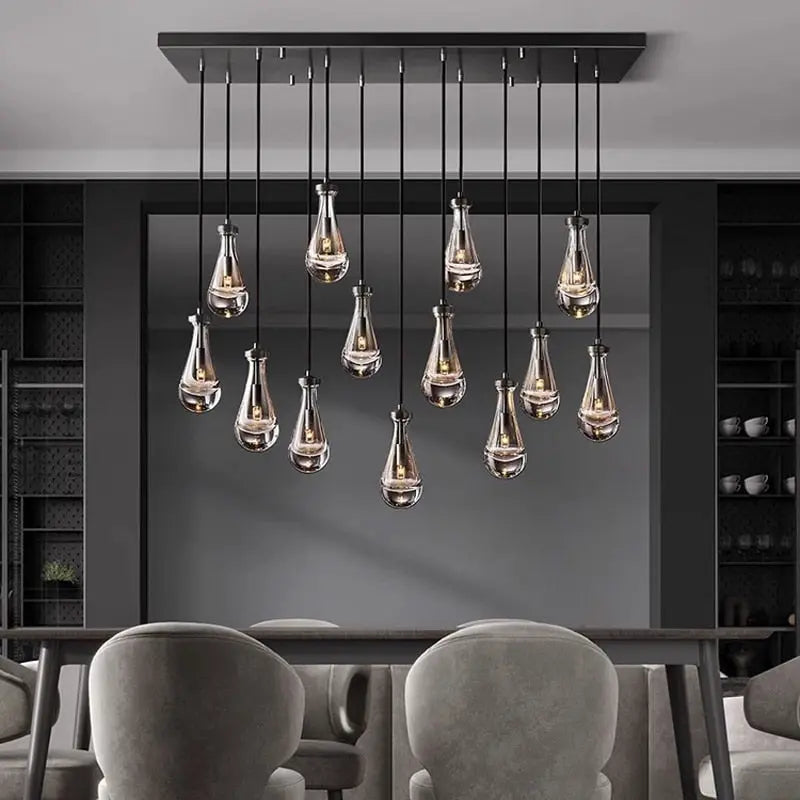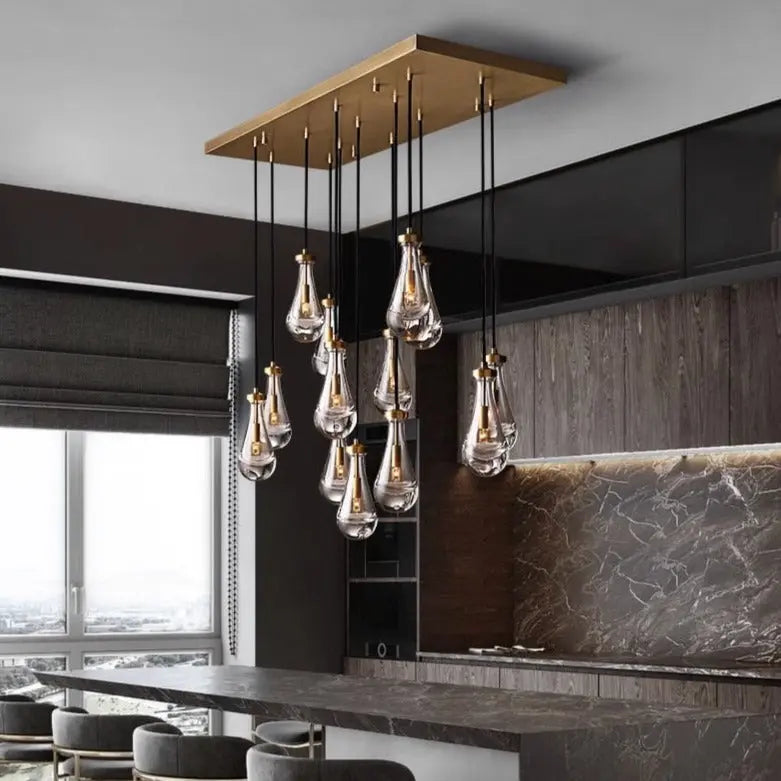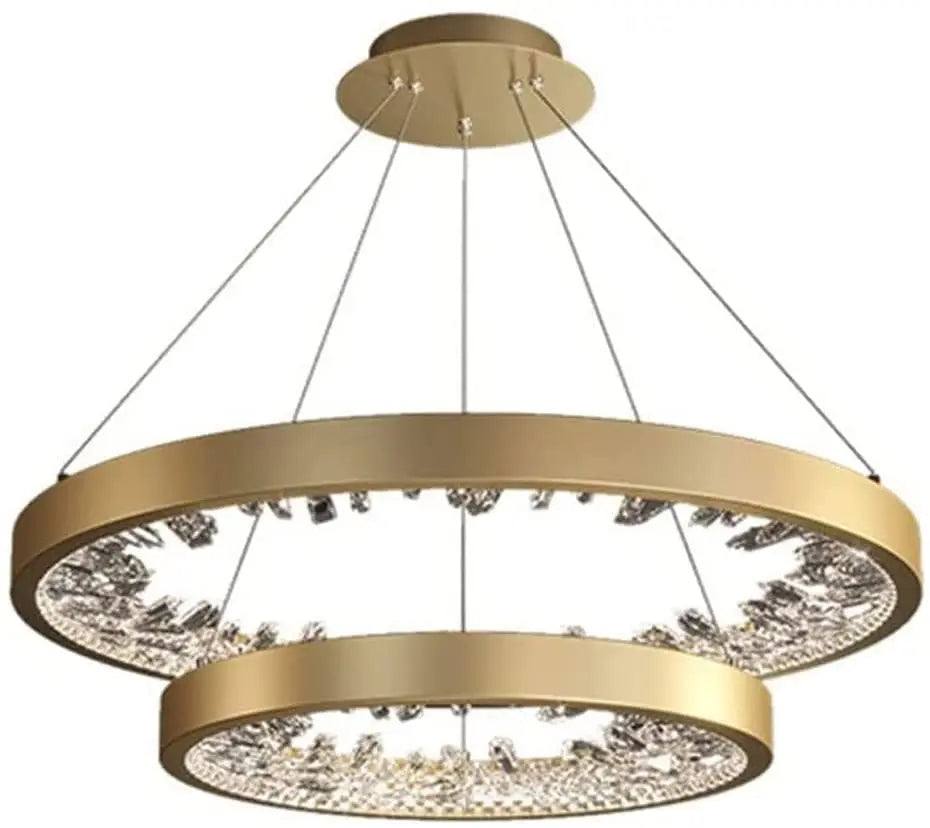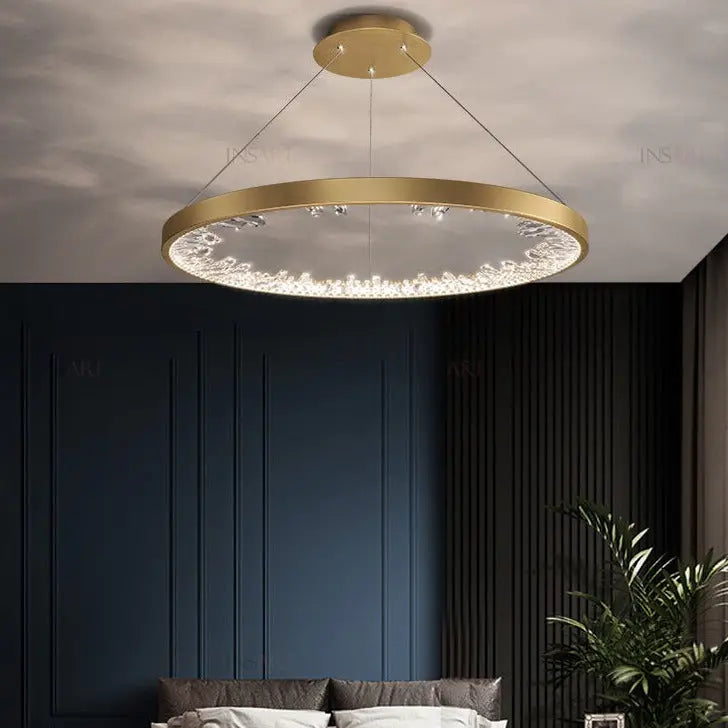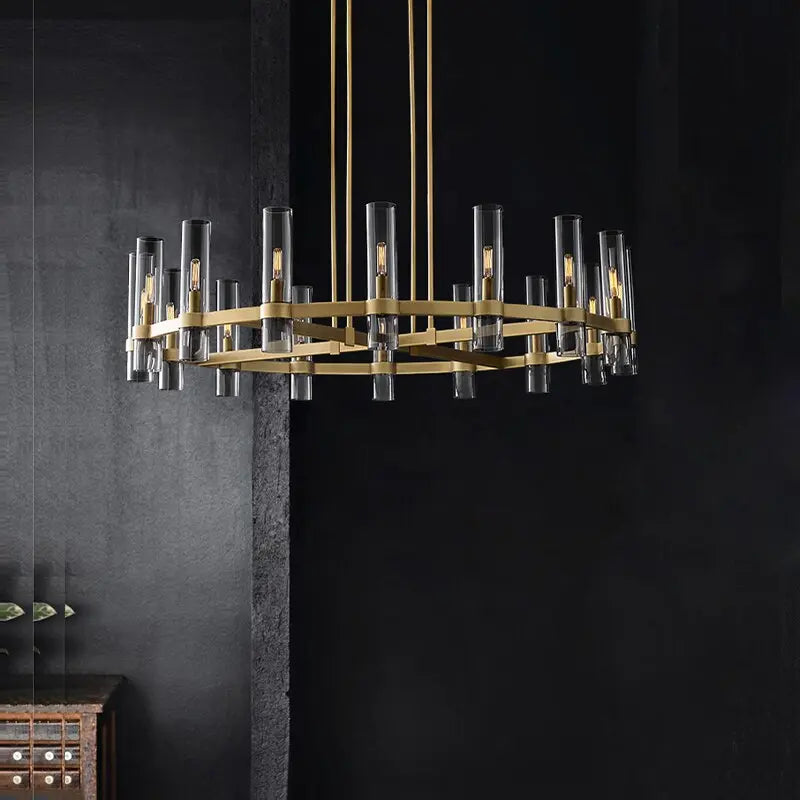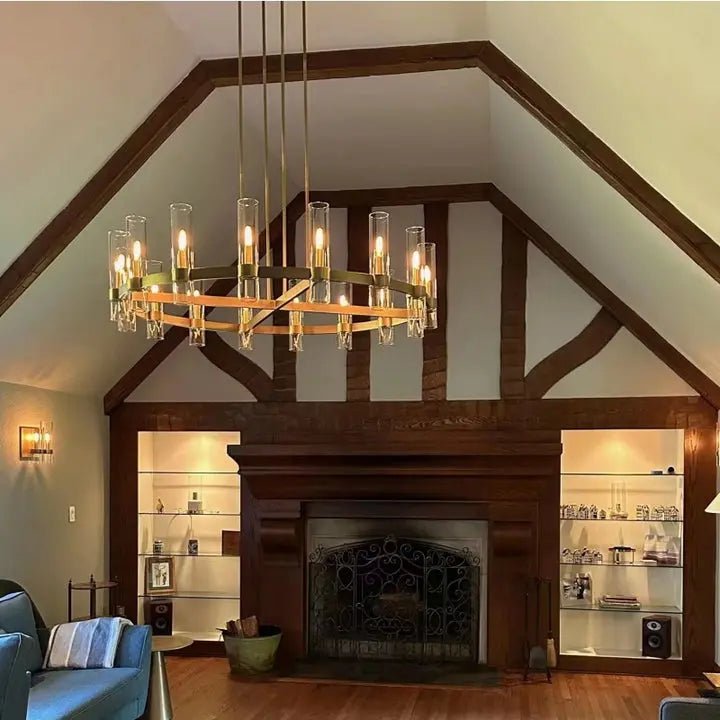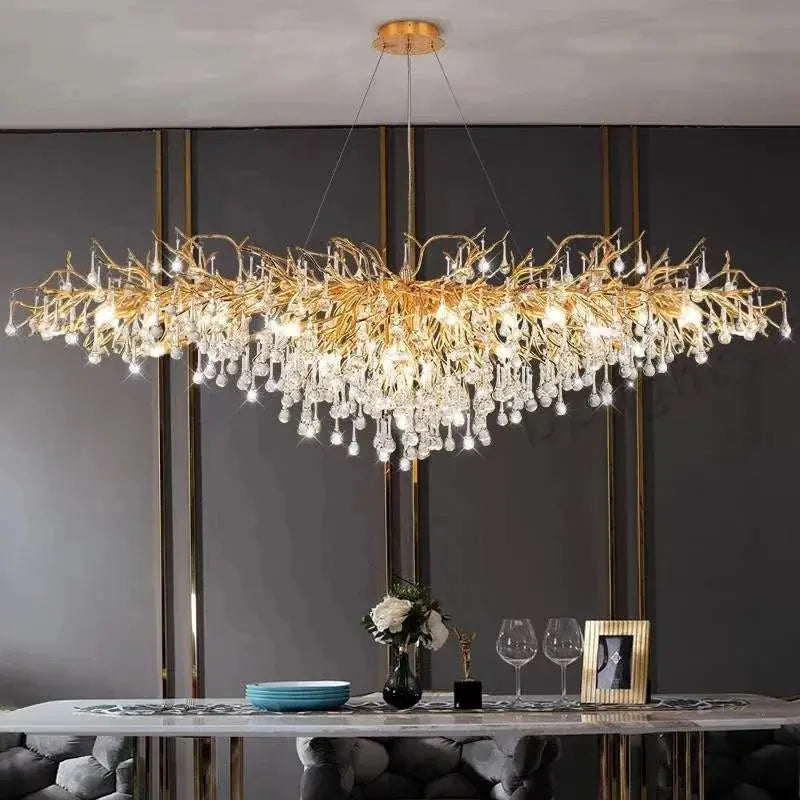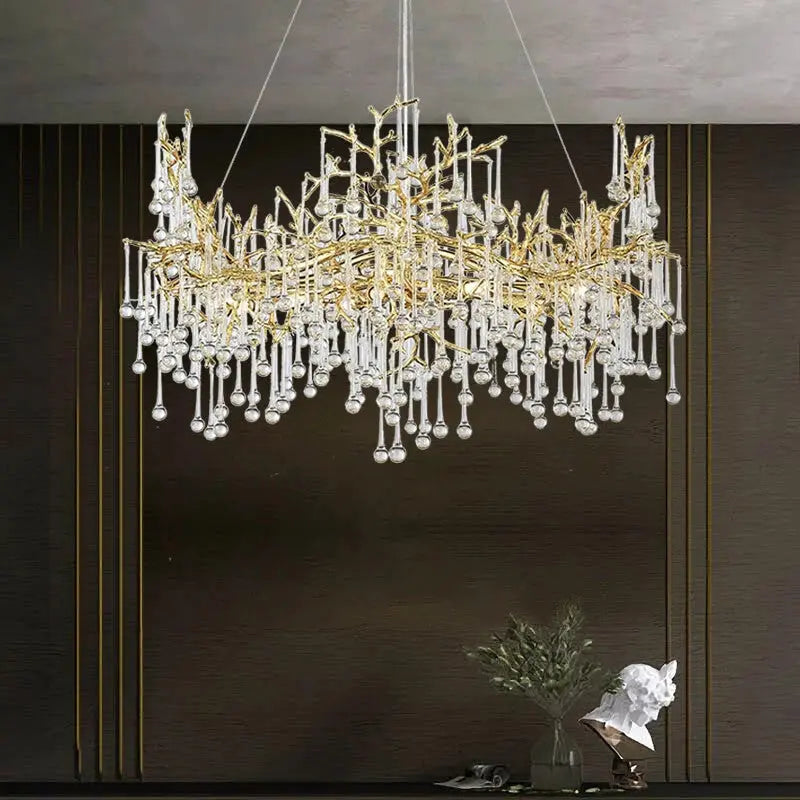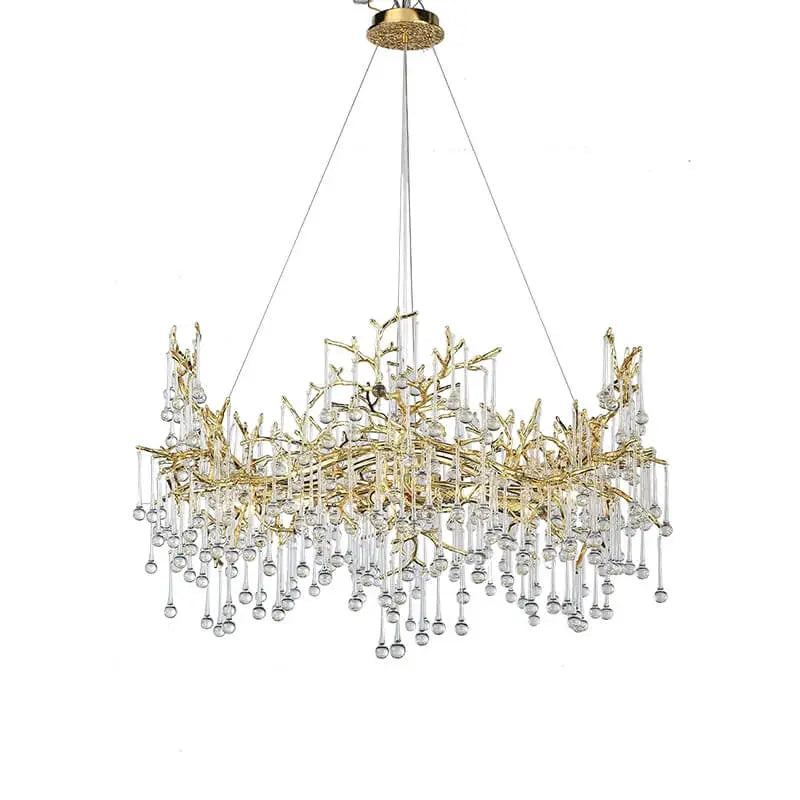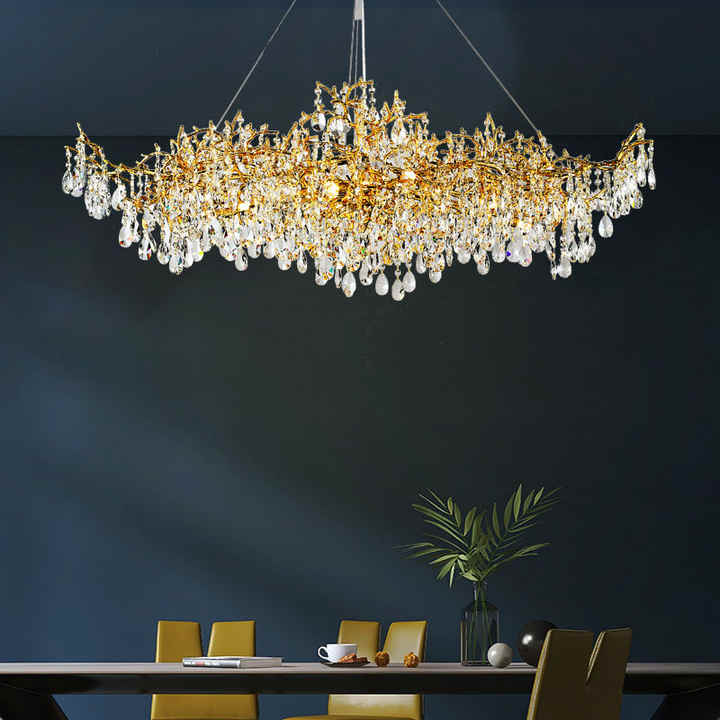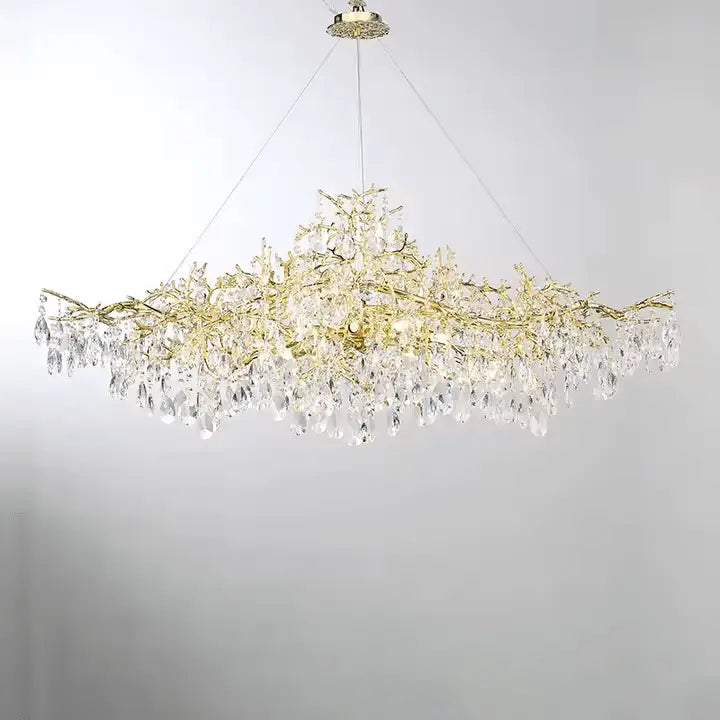Ready to give your home a fresh look? Our new home interiors catalog is packed with cool ideas. We're talking about everything from smart tech to comfy, natural vibes. It's all about making your place feel good and look great. So, let's check out what's new and exciting for your home!
Key Takeaways
- Using things like bamboo and recycled stuff is a big deal now, making your home interiors catalog choices good for the planet.
- Bold colors and lots of different textures are in, so don't be afraid to mix and match.
- Warm colors, like deep reds and blues, plus natural wood, are making spaces feel super cozy.
- Furniture with soft, round shapes is popular, making rooms feel more relaxed and inviting.
- Spaces for chilling out, like yoga spots and indoor plant walls, are becoming a key part of home design.
Embracing Sustainable Living in Your Home Interiors Catalog
Sustainability is a big deal these days, and it's really showing up in how we design our homes. People want spaces that look good but also do good for the planet. Our new catalog is packed with ideas that help you make choices that are both stylish and responsible. It's all about creating a home that feels right, inside and out.
Eco-Friendly Materials and Finishes
When you're thinking about making your home more sustainable, starting with the materials is a smart move. Our catalog features a lot of options that are kind to the earth. Think about things like bamboo flooring, which grows super fast, or cork, which is harvested without harming the tree. We also have furniture made from reclaimed wood or recycled metals. These materials often have a unique character, adding a story to your space. Choosing these items means you're not just getting something pretty; you're also helping reduce waste and supporting practices that are better for the environment. It's a simple way to make a big difference.
Energy-Efficient Lighting Solutions
Lighting can really change the feel of a room, and it's also a key part of making your home more energy-efficient. Our catalog highlights lots of smart lighting choices. LED bulbs are a no-brainer; they last ages and use way less power than old-school bulbs. But it's not just about the bulbs. We show how to use natural light effectively, maybe with sheer curtains or by arranging furniture to maximize sunlight. We also feature modern chandeliers that use LED technology, giving you both style and savings. Layering your lighting—using a mix of overhead, task, and accent lights—can also help you save energy by only lighting what you need, when you need it. It's about being smart with your light.
Biophilic Design for Wellness
Bringing nature indoors is more than just putting a plant in a corner; it's about creating a connection to the natural world within your home. This is what biophilic design is all about, and it's a big trend in our new catalog. It's about making your home a calming, healthy place to be. You might see ideas like living walls, where plants grow vertically, or indoor water features that add a soothing sound. It could also be as simple as choosing natural wood finishes or stone accents. The idea is that being surrounded by natural elements can reduce stress and improve your mood. It's about creating a sanctuary where you can truly relax and recharge.
By incorporating elements like natural light, plants, and organic textures, you can create a home that not only looks good but also promotes a sense of peace and well-being. It's about designing spaces that feel alive and connected to the world outside, making your home a healthier place for everyone.
The Resurgence of Maximalism in Home Interiors Catalog
Maximalism is making a big comeback, and it's all about embracing abundance and personality in your living spaces. Forget the minimalist mantra of "less is more"; here, it's "more is more." This trend lets you show off your unique style by mixing and matching different elements to create a rich, layered look. It's about creating spaces that feel lived-in and full of character, where every item tells a story. If you've been feeling held back by stark, simple designs, now's your chance to let loose and fill your home with things you love.
Layered Textures and Patterns
Layering textures and patterns is a core part of maximalism. It's how you build depth and visual interest in a room. Think about combining a plush velvet sofa with a chunky knit throw, then adding some patterned throw pillows. You can even bring patterns onto the walls with wallpaper and then complement them with a bold rug. The goal is to create a sensory experience, where different materials and designs play off each other. It's not about being perfectly matched; it's about creating a cohesive yet eclectic feel. Don't be afraid to experiment with different fabrics, weaves, and prints. The key is to find a balance that feels right to you, avoiding a chaotic look by perhaps sticking to a limited color palette even with diverse patterns.
Bold Color Palettes
Say goodbye to muted tones and hello to vibrant, eye-catching colors. Maximalism thrives on bold color palettes that make a statement. Imagine deep jewel tones like emerald green or sapphire blue paired with unexpected pops of coral or mustard yellow. These combinations might sound daring, but they can bring incredible energy and warmth into a room. You can start with a large piece, like a colorful rug or a striking piece of art, and build your room's palette around it.
Embracing bold colors means stepping outside your comfort zone, but the reward is a space that feels alive and truly reflects your personality. It's about using color to evoke emotion and create a memorable atmosphere.
Statement Furniture Pieces
In a maximalist home, furniture isn't just functional; it's a work of art. Look for pieces that demand attention and serve as focal points in your room. This could be a velvet armchair in a rich, unexpected color, a coffee table with intricate carvings, or a vintage credenza with unique details. These pieces should stand out and contribute to the overall narrative of your space. They're not just there to sit on or hold things; they're there to be admired. When choosing statement pieces, consider:
- Unique shapes: Look for furniture with interesting curves or unconventional forms.
- Rich materials: Think about velvet, polished wood, or metallic accents.
- Historical influence: Pieces with a vintage or antique feel can add character.
Remember, the idea is to curate a collection of items that you genuinely love and that contribute to a rich, layered aesthetic. Don't be afraid to mix old with new, or high-end with thrift store finds. The most important thing is that the pieces resonate with you and help tell your home's story. If you're looking for more ideas on how to incorporate these trends, check out our new home interiors catalog.
Warm and Earthy Tones Dominating Home Interiors Catalog
Rich Burgundy and Navy Accents
Forget those cool grays that have been everywhere. This year, it's all about bringing in some serious warmth. Think deep, rich colors like burgundy and navy. These aren't just any old colors; they add a touch of luxury and depth to any room. You can use them as accent colors, maybe on a throw pillow or a piece of art, or go bold with a whole wall. These shades make a space feel cozy and inviting, like a big hug. They pair really well with natural materials, too, which we'll get into next. It's about creating a vibe that feels both sophisticated and comfortable.
These colors aren't just pretty; they create a sense of calm and stability. They ground a room, making it feel more substantial and less fleeting. It's a way to bring a bit of nature's richness indoors, without being too obvious about it.
Natural Wood Finishes
Natural wood is making a huge comeback, and honestly, it never really left. But now, it's less about super polished, shiny wood and more about showing off the grain and texture. We're talking about oak, walnut, and even reclaimed wood. These finishes bring an organic, earthy feel to your home. They add warmth and character that you just can't get with synthetic materials. You'll see it everywhere: dining tables, cabinets, shelves, and even decorative accents. It's about celebrating the imperfections and unique qualities of wood.
- Consider a large, solid wood dining table as a focal point.
- Look for furniture pieces with visible wood grain.
- Mix different types of wood for a layered look.
Cozy and Inviting Color Schemes
Putting it all together, the goal is to create a space that feels incredibly cozy and inviting. This means using a palette that leans into those warm, earthy tones. Think about shades like terracotta, mustard, and sage green. These colors, combined with the rich burgundy and navy accents and natural wood finishes, create a harmonious and comforting environment. It's about making your home a sanctuary, a place where you can truly relax and feel at ease. You can find some great ideas for living room color ideas that fit this trend. It's not just about individual pieces; it's about how everything works together to create a feeling.
Here's a quick look at how these elements can work together:
| Element | Color/Finish | Feeling Created |
|---|---|---|
| Walls | Creamy White | Bright, Neutral |
| Accent Furniture | Rich Burgundy | Deep, Luxurious |
| Wood Elements | Natural Oak | Warm, Grounding |
| Textiles | Terracotta, Sage | Soft, Earthy |
| Lighting Fixtures | Warm Metallics | Inviting Glow |
Curved Forms and Soft Silhouettes in Home Interiors Catalog

Rounded Furniture Designs
This year, we're seeing a big shift towards furniture that feels softer and more inviting. Think about pieces with gentle curves and rounded edges. These designs can really make a room feel more welcoming and less rigid. It's like the furniture is giving you a hug! You might see this in sofas that curve around a living space, or chairs with backs that gently scoop you in. It's all about creating a sense of ease and comfort.
- Sofas with a subtle arc
- Chairs with rounded backs and arms
- Coffee tables that are circular or oval
Architectural Curves
Beyond just the furniture, architectural details are also getting a softer touch. We're talking about things like arched doorways or walls that have a gentle curve instead of sharp corners. This isn't just about looking pretty; it actually helps spaces flow better from one area to another. It can make a smaller room feel a bit bigger and more open, too. It's a nice way to add some character to your home without doing a full renovation.
These rounded architectural elements bring a sense of calm and continuity to any interior. They blend the practical side of a home with a more natural, organic feel.
Fluid Spaces for Comfort
When you combine curved furniture with soft architectural lines, you end up with spaces that just feel incredibly comfortable and easy to be in. It's about creating a sense of movement and softness throughout your home. This approach helps to break up the typical boxy feel of many rooms, making them feel more dynamic and less stiff. It's a subtle but powerful way to make your home a true sanctuary. You can find some great ideas for affordable interior design in our latest catalog.
Wellness-Focused Spaces in Your Home Interiors Catalog

Dedicated Yoga Nooks
Creating a special spot for yoga or meditation at home is becoming a big deal. You don't need a huge room; even a small corner can become a peaceful retreat. Think about using soft rugs, comfy cushions, and maybe a little table for things like candles or a small plant. The main idea is to have a quiet place where you can relax and unwind. Adding a floor lamp with soft light can really help set the mood. If you can, try to put your nook near a window to get some natural light. It makes a big difference.
Indoor Living Walls
Plants do more than just look good; they also make the air better and bring a sense of calm into your home. Popular choices are snake plants, pothos, and peace lilies because they are easy to take care of and grow well indoors. Living walls, where plants are arranged vertically, are also getting popular. They are great for smaller spaces and add a cool visual element. For an extra touch, you can even mix in herbs like basil or mint. They smell nice and you can use them for cooking.
Mindful Design for Relaxation
Designing your home with relaxation in mind means thinking about how each element contributes to a calm atmosphere. This goes beyond just adding plants or a yoga mat. It involves choosing colors that soothe, like soft blues or greens, and making sure there's enough natural light.
It's about creating a space that feels good to be in, where you can truly relax and recharge. This might mean decluttering to reduce visual noise or incorporating comfortable, inviting furniture. The goal is to make your home a sanctuary from the outside world.
Here are some things to consider for a relaxing space:
- Lighting: Use dimmers and warm-toned bulbs to create a soft glow.
- Scents: Essential oil diffusers with calming scents like lavender or chamomile can help.
- Sound: Consider a small water feature or a sound machine for gentle background noise.
- Comfort: Choose furniture that is plush and inviting, encouraging you to sit back and relax.
Integrating Smart Home Technology in Your Home Interiors Catalog
Smart home tech is a big deal now, and it's only getting bigger. Our new catalog shows how you can bring these cool gadgets into your home without making it look like a tech store. It's all about making your life easier and more comfortable, from the moment you wake up until you go to bed. Think about how much time you spend fiddling with different remotes or switches. Smart home systems can take care of a lot of that for you, leaving you more time to just relax and enjoy your space. We're talking about systems that learn your habits and adjust to them, making your home truly responsive to your needs. It's not just about convenience; it's about creating a living environment that works for you.
Automated Lighting and Climate Control
Imagine walking into a room and the lights just know how bright to be, or the temperature adjusts itself before you even feel a chill. That's what automated lighting and climate control can do. These systems use sensors and your preferences to create the perfect atmosphere. You can set schedules, or even have them react to the weather outside. It's pretty neat how they can save energy too, by turning things off when you're not around. These systems can learn your daily routines, adjusting lights and temperature to match your habits. For example, you could have your bedroom lights slowly brighten in the morning to help you wake up naturally, or your living room dim automatically when you start a movie. It's all about making your home work smarter, not harder.
Smart lighting and climate control are more than just fancy gadgets; they're about creating a living space that adapts to your lifestyle, providing comfort and efficiency without you having to lift a finger. They can even help you save on energy bills by optimizing usage based on occupancy and external conditions.
Here are some common features:
- Occupancy Sensors: Lights turn on when you enter a room and off when you leave.
- Daylight Harvesting: Adjusts indoor lighting based on natural light levels.
- Zoned Climate Control: Different temperatures in different areas of your home.
- Voice Control Integration: Adjust settings with simple voice commands.
Integrated Entertainment Systems
Gone are the days of multiple remotes and tangled wires. Integrated entertainment systems bring all your media together into one easy-to-manage setup. Whether it's music, movies, or gaming, everything is connected and accessible from a single control point. This means less clutter and a much cleaner look for your living spaces. You can stream music to every room, or have your TV pop up from a hidden cabinet. It's all about making your entertainment experience as smooth as possible. Think about how much better your movie nights could be with a system that handles everything for you. You can even find great deals on traditional chandelier styles to complement your entertainment area.
Seamless Connectivity for Modern Living
Modern homes need to be connected, and not just for entertainment. Seamless connectivity means all your smart devices, from your security cameras to your smart appliances, talk to each other effortlessly. This creates a truly integrated home where everything works together. You can monitor your home from anywhere, receive alerts, and even control things remotely. It's about peace of mind and convenience, all wrapped up in one smart package. This kind of setup makes daily tasks simpler and gives you more control over your environment. It's like having a personal assistant for your home, always ready to help out.
Conclusion
So, that's the scoop on what's hot in home interiors for the new year. It's pretty clear that things are moving towards spaces that feel good and do good, you know? Think comfy, practical, and good for the planet. Whether you're just looking for a little refresh or a total home makeover, these trends give you a lot to work with. It's all about making your place truly yours, a spot that feels right and looks great. So go ahead, get inspired, and make your home somewhere you really love to be.
Frequently Asked Questions
What is 'biophilic design'?
It's a fancy way of saying we're bringing nature inside! Think lots of plants, natural light, and materials that make you feel like you're in a peaceful forest or garden. It's all about making your home feel calm and healthy.
What does 'maximalism' mean in home design?
Maximalism is like the opposite of keeping things simple. It means using lots of colors, different textures, and bold patterns all together. It's about showing off your personality and making a statement with your home decor.
What are 'warm and earthy tones'?
These are colors like deep reds, dark blues, and natural wood shades. They make your home feel cozy and inviting, like a warm hug. It's a popular choice for making spaces feel comfortable and welcoming.
What does 'curved forms and soft silhouettes' refer to?
It means furniture and architectural parts of your home that have soft, rounded edges instead of sharp, straight lines. Think comfy, curvy sofas or archways instead of square doorways. It makes rooms feel gentle and relaxed.
What are 'wellness-focused spaces'?
These are special spots in your home made for feeling good and relaxing. It could be a quiet corner for yoga, a wall covered in plants to make the air fresh, or just a space designed to help you chill out and de-stress.
What is 'smart home technology integration'?
This is about making your home super easy to control with technology. Imagine lights that turn on when you walk in, or a thermostat you can change from your phone. It's all connected to make your life simpler and more comfortable.


